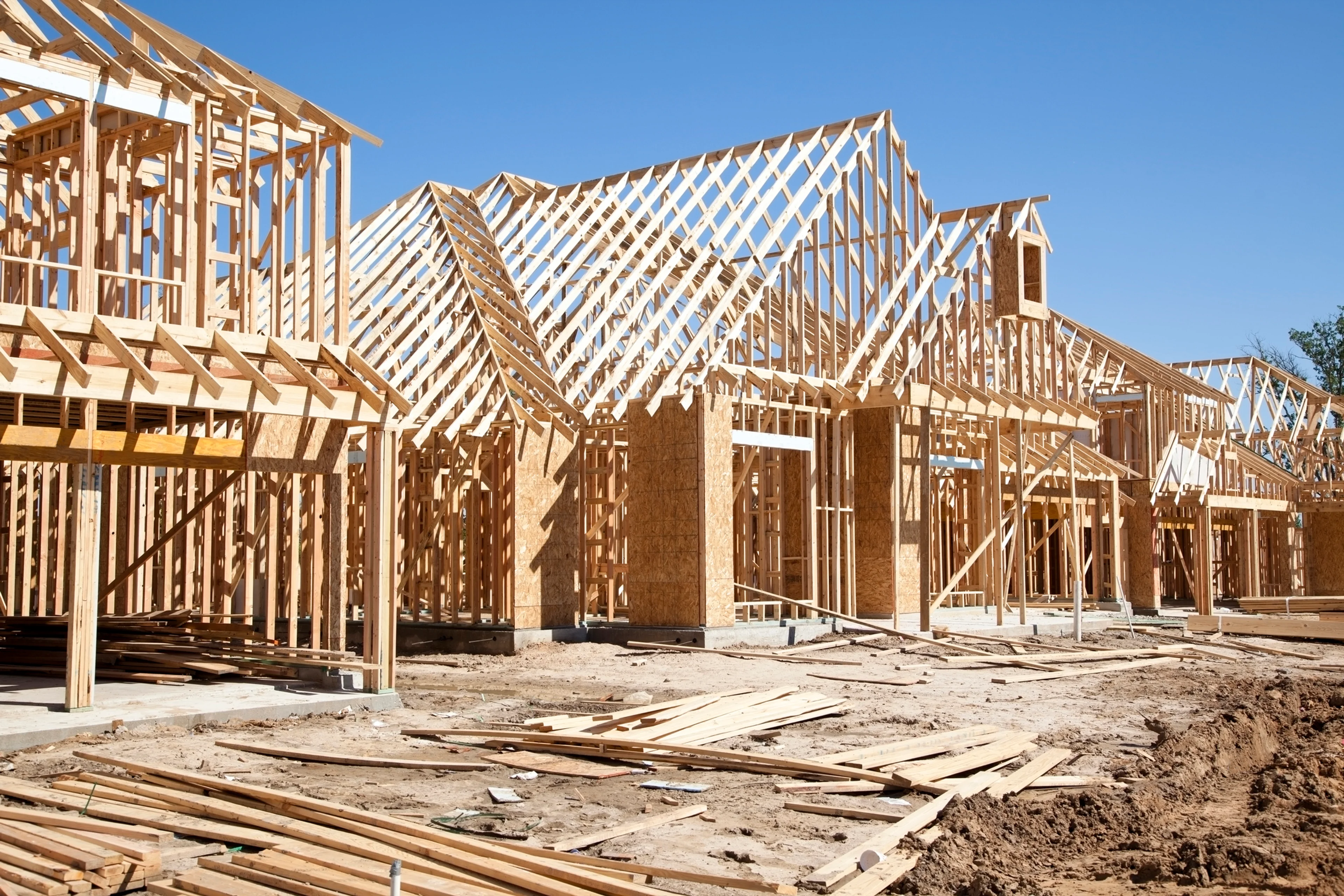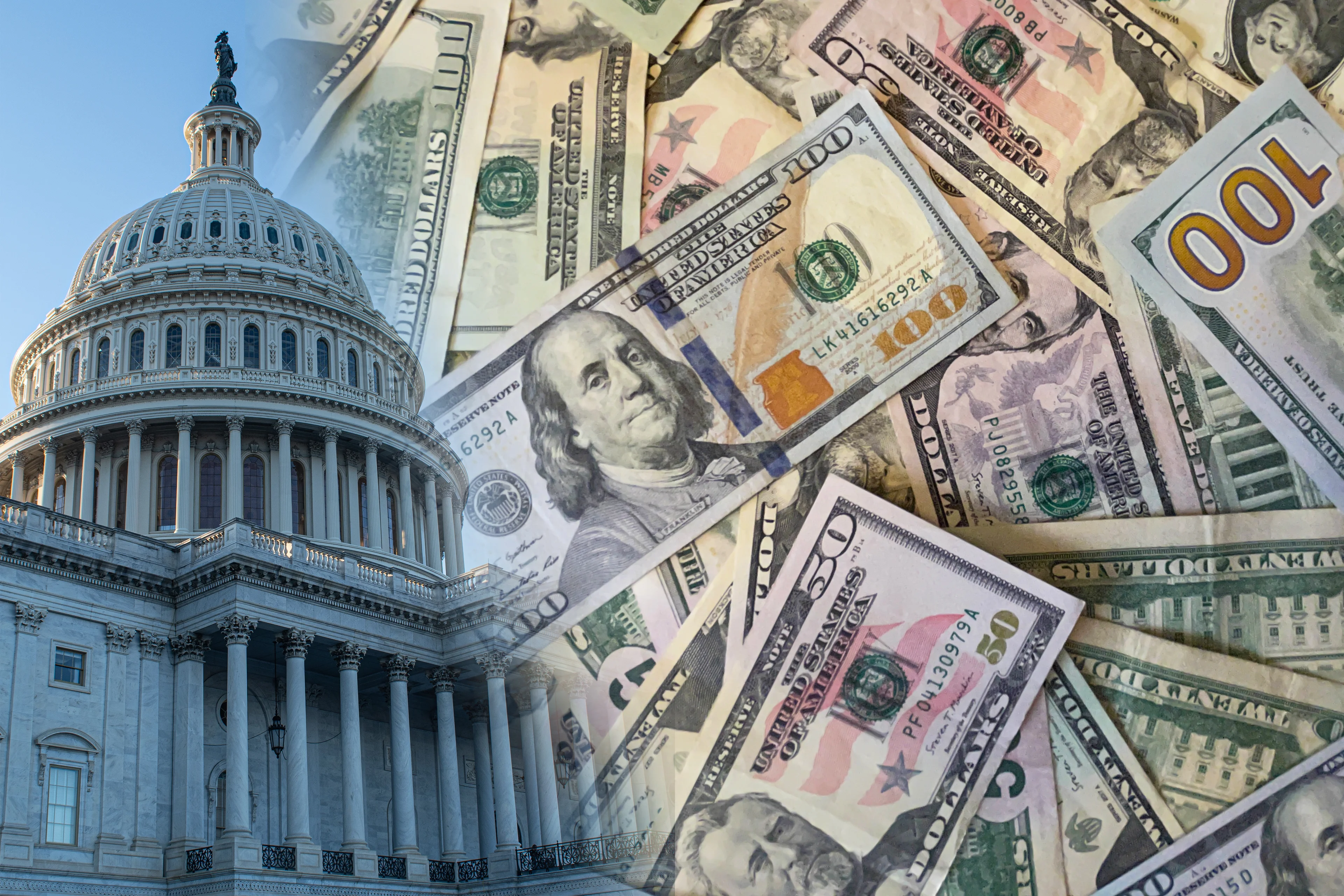
Inflation Reduction Act Brings Major Changes To 45L Tax Credit & 179D Deduction for Home Builders
The Inflation Reduction Act (IRA) significantly altered the 45L credit and 179D deduction amounts and qualification criteria, creating more tax-saving opportunities for home builders and multifamily developers constructing energy-efficient homes. Here is a rundown of some of the major changes, plus what is requiredto take advantage of these opportunities.
Changes to 45L
In 2005, Congress passed the original 45L tax credit legislation, which was a tax incentive available to home builders and multi-family developers that allowed “eligible contractors” to claim a $2,000 tax credit for each newly constructed or substantially reconstructed energy-efficient home in the year a dwelling unit is sold or leased as a residence. In the IRA, the 45L tax credit is extended through 2032, with changes to qualifying standards beginning in 2023 when the credit transitions to the Energy Star criteria. Key credit details include:
- Beginning in 2023, new homes certified under the Energy Star programs will be eligible for a $2,500 tax credit.
- The credit is increased to $5,000 for dwelling units certified under the Zero Energy Ready Homes Program (ZER).
- For multi-family units, the base qualification decreases to $500, while ZER multifamily units are $1,000 each.
- Multifamily units meeting prevailing wage requirements will receive an increased $2,500 credit for base qualification and $5,000 for ZER.
Qualifications
Initially, low-rise residential developments were the only ones eligible for this credit, but it is now extended to homebuilders, single-family or multi-family developers. The base qualification requirements for these developers are that they must meet both national and local energy-saving requirements outlined below. The credit amount will be based on the extent to which each new energy-efficient home meets the energy-saving requirements, which are as follows:
- 50% energy-efficient standard (for homes sold or leased before 2023). The credit is $2,000 for a dwelling unit certified to have an annual level of heating and cooling energy consumption at least 50% below the annual level of heating and cooling energy consumption of a comparable dwelling unit and has building envelope component improvements that account for at least 1/5 of the 50% reduction in energy consumption. Manufactured homes are also eligible for the credit if they meet this criteria as well as the Federal Manufactured Home Construction Safety Standards (FMHCSS) requirements.
- 30% energy-efficient standard (for homes sold or leased before 2023). The credit is $1,000 for a manufactured home that doesn’t meet the 50% energy saving requirement but is certified to have an annual level of heating and cooling energy consumption at least 30% below the annual level of heating and cooling energy consumption of a comparable dwelling unit. The manufactured home must also meet the FMHCSS requirements, have building envelope component improvements that account for at least 1/3 of the 30% reduction in energy consumption and meet the current requirements established by the Administrator of the Environmental Protection Agency under the Energy Star Labeled Homes program.
- Zero Energy Ready Home Program requirement (for homes sold or leased after 2022). A dwelling unit meets this requirement if the dwelling unit is certified as a zero-energy ready home under the Zero Energy Ready Home Program of the Department of Energy (or any successor program determined by the Secretary of the Treasury).
- Single-family home requirements (for homes sold or leased after 2022). Dwelling units must meet the requirements outlined in the Energy Star Single-Family New Homes National Program, the Energy Star Single-Family New Homes Program or Energy Star Manufactured Home National Program.
- Multi-family home requirements (for homes sold or leased after 2022). Dwelling units must meet the requirements outlined in the Energy Star Multi-Family New Construction National Program and the Multi-Family New Construction Regional Program.
- Prevailing wage requirements (for multi-family homes sold or leased after 2022). Eligible contractors or subcontractors must ensure any laborers and mechanics they employ in the construction of such residence are paid wages at rates not less than the prevailing rates for construction, alteration or repair of a similar character in the location where the residence is being built.
Additionally, eligible contractors will be required to obtain certification that the dwelling unit meets the 45L requirements before claiming the credit.The Internal Revenue Service (IRS) also has updated its Form 8908 to reflect the new record-keeping requirements to support your credit eligibility.
Changes To The 179D Deduction
The 179D deduction, also known as the energy-efficient commercial buildings deduction, was made permanent in the Consolidated Appropriations Act in 2021, and the IRA significantly changes the deduction amounts and qualification criteria. Below is an overview of these modifications:
- The new deduction amount is increased from $1.88/SF to $5.00/SF beginning on Jan. 1, 2023. The taxpayer must also meet these apprenticeship requirements:
- Ensure the project work was performed by qualified apprentices outlined in the “Apprenticeship Labor Hour Requirements.”
- The qualified apprentice is from a registered apprenticeship program.
The apprenticeship and prevailing wage requirements for the increased deduction amount create a massive incentive for claimants who meet them. If not met, the maximum deduction would drop from $1.80/SF to $1.00/SF (adjusted for inflation), while the deduction would grow to almost three times the existing rate at $5.00/SF if met. This is calculated by the applicable dollar value times the square footage, subject to the cost-of-living adjustment. Then, the applicable dollar value is equal to $0.50, increased by $0.02 (but not above $1.00) for each percentage point by which the total annual energy and power costs for the building are certified to be reduced by a percentage greater than 25%.
- The energy reduction for projects that meet the prevailing wage requirements will change from 50% reduction to 25% compared to the most recent ASHRAE Standard 90.1 and yield a 179D deduction of $2.50/SF. For every 1% of additional reduction above 25%, it will provide an additional $0.10/SF of deduction up to $5.00/SF. Projects that do not meet the prevailing wage requirement will change from 50% reduction to 25% compared to the most recent ASHRAE Standard 90.1 and yield a 179D deduction of $0.50/SF. For every 1% of additional reduction above 25%, it will provide an additional $0.02/SF of deduction up to $1.00/SF.
- The deduction is now allocable to architects, engineers and designers responsible for designing a building’s energy-efficient systems.
Please keep in mind, the 179D deduction will reduce the depreciable basis of the building. Additionally, because it is treated as depreciation, the 179D deduction may be subject to recapture rules upon the sale of the building.With these changes taking effect in 2023, home builders are encouraged to work with their tax advisors to evaluate whether they qualify and how to take advantage of these changes this filing season. To learn more about how these can impact you, contact Doeren Mayhew’s dedicated real estate accounting advisors today.



